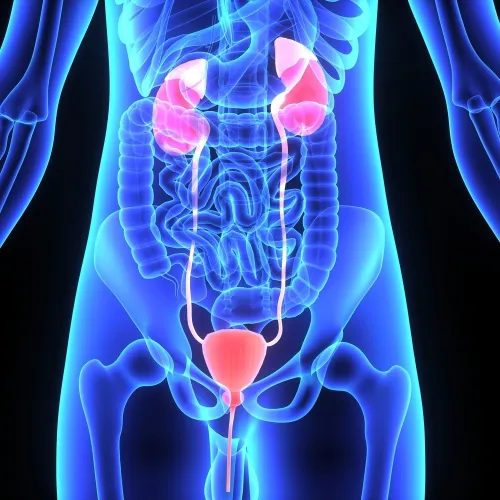Look for the Type of Obstruction for Hydronephrosis Diagnosis
When the urologist diagnoses hydronephrosis, it means something has happened to cause the patient’s kidney to swell because urine isn’t draining normally from the kidney to the bladder. A blockage or obstruction in the urinary tract causes the drainage problem. Like many other ICD-10 diagnoses, hydronephrosis coding depends on the type of obstruction. Whereas ICD-9 gave you only one option (591, Hydronephrosis), ICD-10 currently includes four choices: Remember: In the ICD-10 manual the word “and” in the definition of a diagnostic term means “and” or “or” so that diagnosis N13.2 above may indicate hydronephrosis secondary to a renal calculus or a ureteral calculus or both a renal and ureteral calculus causing the obstruction and hydronephrosis. Do not use diagnosis N13.30 above as most carriers (including Medicare) will not reimburse for “unspecified” diagnoses, as of Oct. 1, 2016. Coding tip: Hydronephrosis most often affects only one kidney, but you might see cases that affect both. If the patient undergoes a procedure to correct hydronephrosis, be sure to denote the treated kidney by appending a modifier such as RT (Right side) or LT (Left side) to the procedure code. Remember, modifiers RT and LT are known as “informational” modifiers. Including them on the claim will not affect your reimbursement, but they provide more detailed information about the procedure, according to AHIMA-Certified Instructor Ryan Price, CPC. Condition fact: The kidney can become so enlarged from urine that it begins to press on nearby organs. In addition, if the obstruction is not diagnosed and treated in a timely manner, the elevated intra-renal pressure can cause the kidney to permanently lose function. Mild – or early – symptoms of hydronephrosis can include more frequent urination and an increased urge to urinate. More severe symptoms if the condition is left untreated can include nausea, vomiting, fever. pain in the abdomen or flank, pain when urinating, and incomplete voiding.




